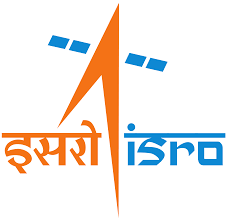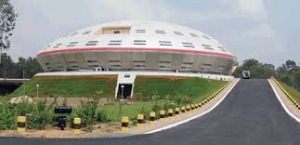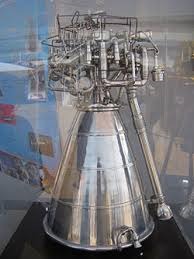 The Indian Space and Research Organisation (ISRO) is all set to launch five British satellites at one go on Friday, in what is being billed as its biggest commercial launch so far.
The Indian Space and Research Organisation (ISRO) is all set to launch five British satellites at one go on Friday, in what is being billed as its biggest commercial launch so far.
The countdown has begun at the Sriharikota launch pad for the PSLV-C28 rocket, which will carry five satellites – load of over 1440 kg – for the UK. Three of these satellites are earth observations satellites while the other two are technology demonstrators.The launch is scheduled for 9.58 pm.
The observation satellites are primarily to be used for imaging and monitoring resources and environment, besides disaster management efforts.These satellites can image any target on the Earth’s surface every day. Major application areas include surveying the resources on earth and its environment, managing urban infrastructure and monitoring disasters. The life of the mission is seven years.
PSLV, in its 30th mission, would launch three identical DMC3 optical earth observation satellites, built by Surrey Satellite Technology Limited (SSTL), United Kingdom, and two auxiliary satellites. The three DMC3 satellites, each weighing 447 kg, will be launched into a 647 km Sun-Synchronous Orbit (SSO) using the high-end version of PSLV-XL.
The earlier successful launches by ISRO Mars Orbiter Mission which was launched in November 5, 2013 and the Chandrayaan-1 launched in October 22, 2008 were with similar PSLV-XL variants.
PSLV C28, in addition to the three DMC3 satellites, will also carry two auxiliary satellites from UK — CBNT-1, a technology demonstrator earth observation micro satellite built by SSTL, and De-OrbitSail, a technology demonstrator nano satellite built by Surrey Space Centre.
The five satellites are being launched as part of the arrangement entered into between DMC International Imaging (DMCii), a wholly owned subsidiary of SSTL, UK and Antrix Corporation Limited. The DMC3 constellation, comprising three advanced mini-satellites DMC3-1, DMC3-2 and DMC3-3, is designed to address the need for simultaneous high spatial resolution and high temporal resolution optical Earth Observation.
Since 1999 India till date has launched 40 satellites of other countries and the successful launch of the five British satellites would take the tally to 45.
The 44.4 metre tall and weighing 320 tonne the PSLV is a four stage/engine rocket with six strap on motors for addition thrust during the initial phase of the flight.
The first and third stages are powered by solid fuel and are cast ready while the second and fourth stages are powered by liquid fuel which will be filled during the countdown.
Apart from fuelling up the engines, all the systems would be checked and rechecked during the countdown. According to ISRO, this is the heaviest commercial luggage carried by a PSLV rocket till date.



